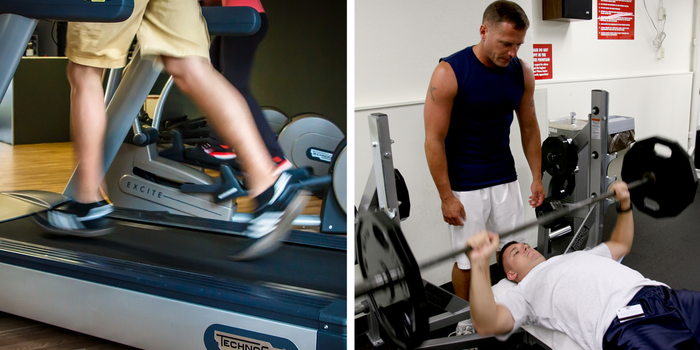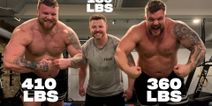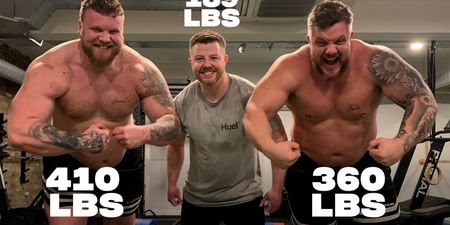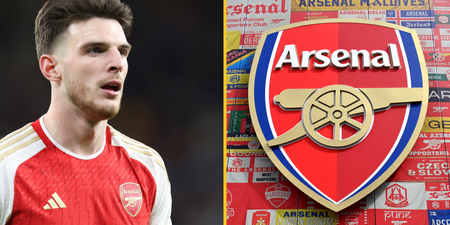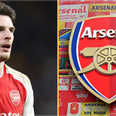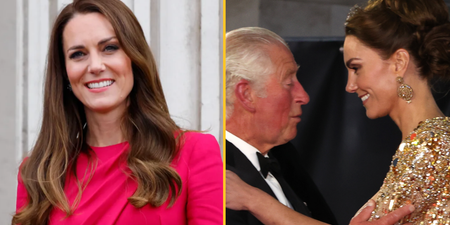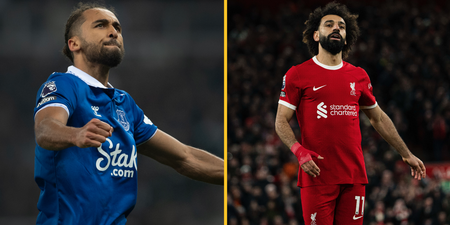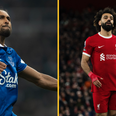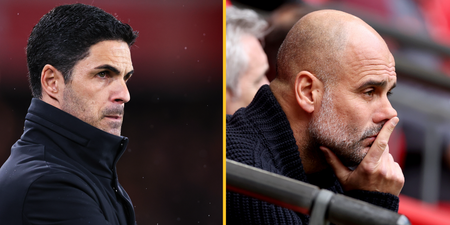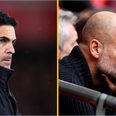Burning calories doesn’t have to be a one-way slog.
Dan Tobin has been working in the fitness game for over a decade and getting impressive results. Tobin came from an athletic background and was a former 400-metre sprinter. He worked for two years as Dublin GAA’s strength and conditioning coach before joining Leinster Rugby.
He moved on from working with the academy to the senior team, and in 2012 became Leinster’s Head of Fitness. Last summer, he joined up with Gloucester and is working under director of rugby David Humphreys.
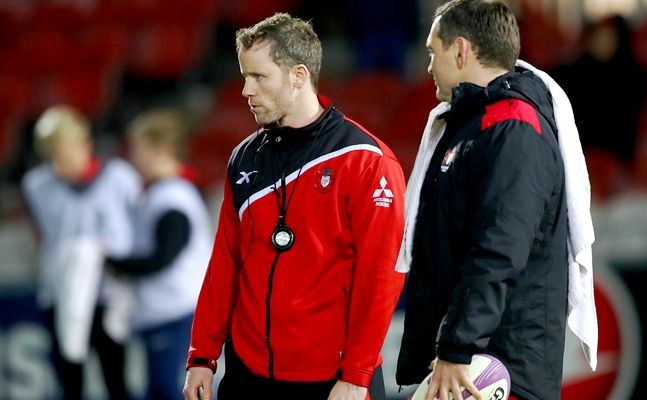
Tobin took some time out from working with Gloucester stars such as Jonny May, Richie Hibbard, John Afoa and Billy Twelvetrees to explain how a good combination of cardio and weight training is the best overall approach to losing weight. He says:
“In terms of cardio, it’s important to find a mode of exercise that you’re able to do well.
“Some people like to run, others prefer the bike or the rowing machine, and some may get on better with circuit training. Either way, find the mode of training that suits you best, considering which exercise you get the most intensity from, and go with that.
“Personally, I prefer running over any other cardio exercises and that’s the best way for me to get in shape. But, it’s different depending on the person. Forcing yourself to do a spin class isn’t worth it if you hate it. After a week or two you’ll just give in.”
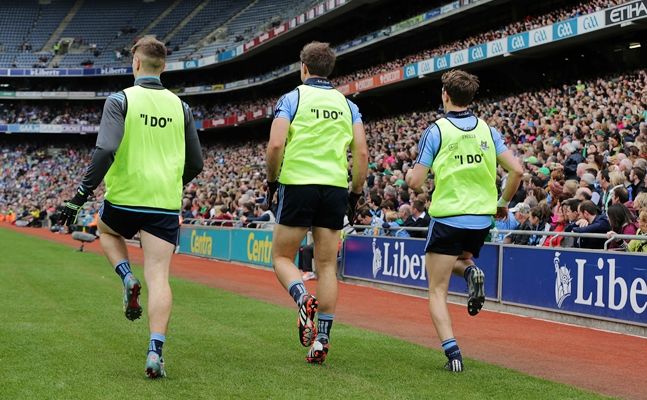
Tobin continues, “If you’re looking to purely burn calories, it’s important to get a good level of intensity into your workouts, probably using interval-based workouts.
“That’s the best way to improve your fitness levels and it’s a domino effect; if you improve your fitness levels, you can then exercise for longer and with greater intensity, thus burning more calories.
“Stick with the mode of exercise that you enjoy and feel like you’re able to do reasonably well at, build some intensity into that and then you’ll be on your way to burning plenty of calories.
“I would always go with an interval-type training, running hard for a minute and then jogging for a minute, for about 20 minutes, for example. As you build capacity for that then you can step the total workout to 30 and then 40 minutes.
“Interval-based training helps build fitness levels really well and that’s what you’re looking for. A quicker way for you to get fit is a quicker way to get to a point where you can work towards intense training and thus burning a lot of calories.”
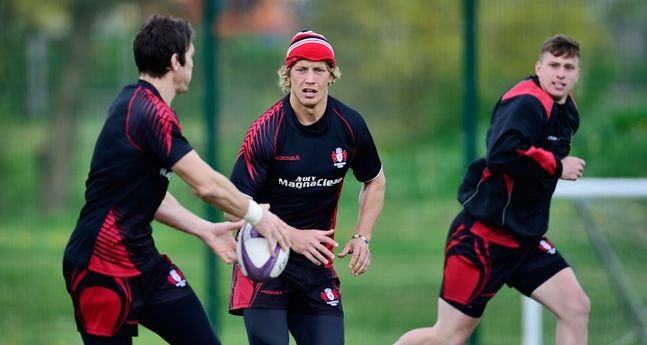
Tobin comments, “”Some people have certain areas of the body, say their legs, belly or arms, that they want to target when exercising. But I don’t think you specifically need to do that.
“As long as you’re getting those higher intensity cardio workouts in there, you’re bound to drop pounds off all areas.
“You can always do some high repetition weights work alongside this to focus on certain body parts. That will help to recruit lean mass, which again will all work towards improving future workouts and burning more calories.
“In short, the key is making a breakthrough with your own fitness and then the weight will start coming off.”
Gain mass by targeting the big muscle groups

This is another area, Tobin points out, that is progressive. He says:
“Once you’re confident and well-educated about lifting weights, you want to start targeting the big muscle groups.
“A bench press and a chin-up is better than doing an arm curl or a dip, for example, because you’re recruiting more lean tissue and muscle mass that way, which will then have an anabolic response. The chunk of the programme should be squats, benches and other big exercises.
“In terms of reps, I’d say the recommended range for putting on size would be 8-12 reps. If you’re quite strong you might be able to carry out five sets of that, and it’s key you have a top technique with a good range of motion and good control.
“Nutrition is also a key factor. It’s around 80% nutrition and 20% training in terms of making gains for people that struggle to put on weight.
“It’s always down to nutrition, getting enough protein and calories so that you’re supporting the anabolic stress that you’re putting on your body.”
